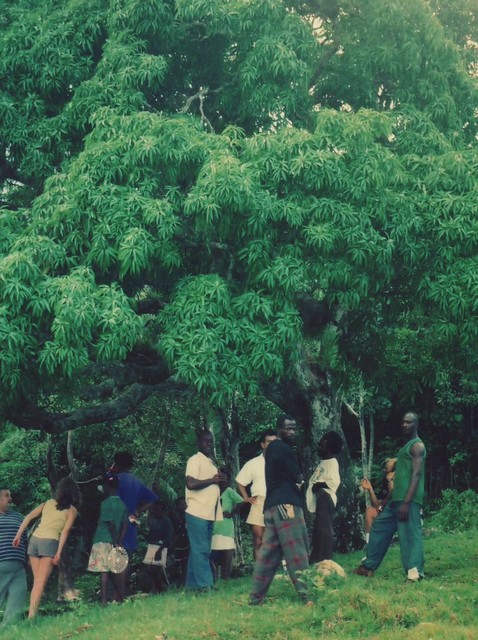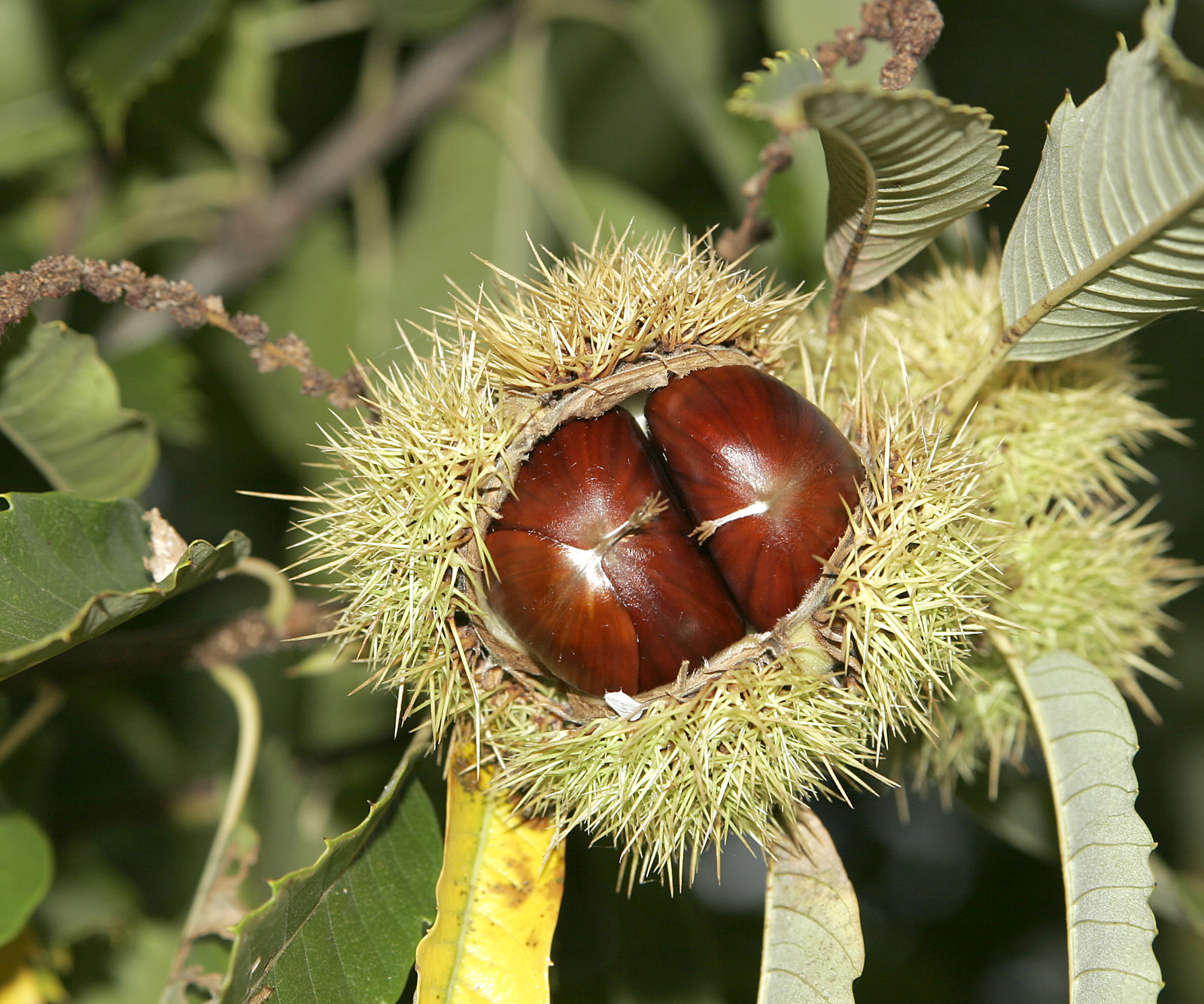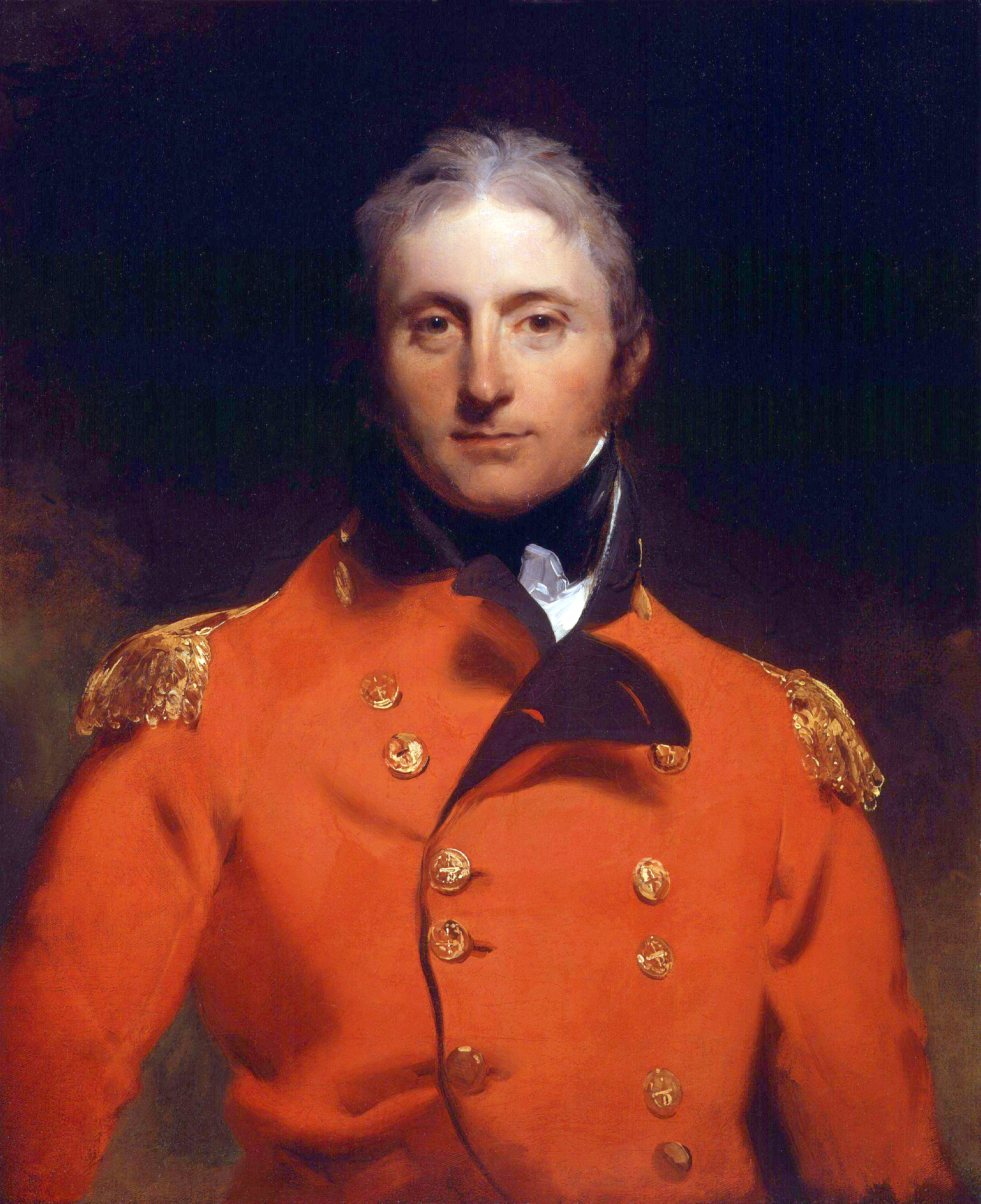|
William Fitch (British Army Officer)
Lieutenant-Colonel William Fitch (died 1795) was a British Army officer, who was killed fighting the Jamaican Maroons during the Second Maroon War. Military career Fitch was commissioned into the 65th Regiment of Foot on 28 November 1775. He was promoted, in the same regiment, to lieutenant on 2 January 1779 and to captain on 7 December 1779. Fitch was then promoted to major in the 51st Regiment of Foot on 30 November 1791 and then transferred to the 55th Regiment of Foot on 25 April 1792 before being appointed Lieutenant-Colonel Commandant of the 83rd Regiment of Foot on 28 September 1793. Death Fitch embarked for the West Indies in May 1795 and was deployed to Jamaica where he was killed in action later that year during the Second Maroon War. Newly arrived in Jamaica, Fitch ignored the advice of his experienced Maroon trackers, and led his forces into an ambush by the Maroons of Cudjoe's Town, which resulted in the deaths of Fitch, many members of the white militia, and ... [...More Info...] [...Related Items...] OR: [Wikipedia] [Google] [Baidu] |
John Singleton Copley
John Singleton Copley (July 3, 1738 – September 9, 1815) was an Anglo-American painter, active in both colonial America and England. He was probably born in Boston, Massachusetts, to Richard and Mary Singleton Copley, both Anglo-Irish. After becoming well-established as a portrait painter of the wealthy in colonial New England, he moved to London in 1774, never returning to America. In London, he met considerable success as a portraitist for the next two decades, and also painted a number of large history paintings, which were innovative in their readiness to depict modern subjects and modern dress. His later years were less successful, and he died heavily in debt. Biography Early life Copley's mother owned a tobacco shop on Long Wharf. The parents, who, according to the artist's granddaughter Martha Babcock Amory, had come to Boston in 1736, were "engaged in trade, like almost all the inhabitants of the North American colonies at that time". His father was from Lim ... [...More Info...] [...Related Items...] OR: [Wikipedia] [Google] [Baidu] |
55th (Westmorland) Regiment Of Foot
The 55th Regiment of Foot was a British Army infantry regiment, raised in 1755. After 1782 it had a county designation added, becoming known as the 55th (Westmorland) Regiment of Foot. Under the Childers Reforms it amalgamated with the 34th (Cumberland) Regiment of Foot to form the Border Regiment in 1881. History Formation The regiment was raised in Stirling by Colonel George Perry as the 57th Regiment of Foot in 1755 for service in the Seven Years' War. It was re-ranked as the 55th Regiment of Foot, following the disbandment of the existing 50th and 51st regiments, in 1756. French and Indian War service The regiment embarked for North America for service in the French and Indian War and arrived in Nova Scotia on 8 July 1757 with the objective of taking part in the abandoned attack on the Fortress of Louisbourg. Following the death of Colonel Perry, Lord George Augustus Viscount Howe was appointed Colonel of the regiment in September 1757. After the regiment arrived in Alb ... [...More Info...] [...Related Items...] OR: [Wikipedia] [Google] [Baidu] |
British Military Personnel Killed In Action
British may refer to: Peoples, culture, and language * British people, nationals or natives of the United Kingdom, British Overseas Territories, and Crown Dependencies. ** Britishness, the British identity and common culture * British English, the English language as spoken and written in the United Kingdom or, more broadly, throughout the British Isles * Celtic Britons, an ancient ethno-linguistic group * Brittonic languages, a branch of the Insular Celtic language family (formerly called British) ** Common Brittonic, an ancient language Other uses *''Brit(ish)'', a 2018 memoir by Afua Hirsch *People or things associated with: ** Great Britain, an island ** United Kingdom, a sovereign state ** Kingdom of Great Britain (1707–1800) ** United Kingdom of Great Britain and Ireland (1801–1922) See also * Terminology of the British Isles * Alternative names for the British * English (other) * Britannic (other) * British Isles * Brit (other) * Briton (d ... [...More Info...] [...Related Items...] OR: [Wikipedia] [Google] [Baidu] |
1795 Deaths
Events January–June * January – Central England records its coldest ever month, in the CET records dating back to 1659. * January 14 – The University of North Carolina opens to students at Chapel Hill, becoming the first state university in the United States. * January 16 – War of the First Coalition: Flanders campaign: The French occupy Utrecht, Netherlands. * January 18 – Batavian Revolution in Amsterdam: William V, Prince of Orange, Stadtholder of the Dutch Republic (Republic of the Seven United Netherlands), flees the country. * January 19 – The Batavian Republic is proclaimed in Amsterdam, ending the Dutch Republic (Republic of the Seven United Netherlands). * January 20 – French troops enter Amsterdam. * January 23 – Flanders campaign: Capture of the Dutch fleet at Den Helder: The Dutch fleet, frozen in Zuiderzee, is captured by the French 8th Hussars. * February 7 – The Eleventh Amendment to the United S ... [...More Info...] [...Related Items...] OR: [Wikipedia] [Google] [Baidu] |
Accompong
Accompong (from the Akan name ''Acheampong'') is a historical Maroon village located in the hills of St. Elizabeth Parish on the island of Jamaica. It is located in Cockpit Country, where Jamaican Maroons and indigenous Taíno established a fortified stronghold in the hilly terrain in the 17th century. They defended it and maintained independence from the Spanish and then later the British, after the colony changed hands. Accompong is reportedly named after the son of Miguel Reid, the first African Maroon leader in western Jamaica, and allegedly the first leader of Cudjoe's Town (Trelawny Town). This would make Accompong brother to Kojo or Cudjoe, and possibly Cuffee, Quaco and Nanny of the Maroons. Accompong Town was reportedly built by Kojo who assigned his Brother Accompong to watch over it. After years of raiding and warfare, they established their autonomy, self-government and recognition as an indigenous people by a peace treaty with the British in 1739. [...More Info...] [...Related Items...] OR: [Wikipedia] [Google] [Baidu] |
Cudjoe's Town (Trelawny Town)
Cudjoe's Town was located in the mountains in the southern extremities of the parish of St James, close to the border of Westmoreland, Jamaica. In 1690, a large number of Akan freedom fighters from Sutton's Estate in south-western Jamaica, and they established a new town of Free black people in Jamaica, in the forested mountains of the island's interior, in the Cockpit Country. Naquan was allegedly the first leader of this group of Jamaican Maroons in western Jamaica. Cudjoe's Town This town was eventually named after Cudjoe, who is allegedly the son of Naquan. Cudjoe was the Maroon warrior who led them into battle during the First Maroon War in the 1730s. The Maroons of Cudjoe's Town, known as Leeward Maroons, fought the British colonial forces to a standstill in the 1730s, until Governor Edward Trelawny felt compelled to offer Cudjoe a peace treaty. After some initial suspicion, Cudjoe signed the treaty in 1739, reportedly at Petty River Bottom, near the present-day village o ... [...More Info...] [...Related Items...] OR: [Wikipedia] [Google] [Baidu] |
Maroon
Maroon ( US/ UK , Australia ) is a brownish crimson color that takes its name from the French word ''marron'', or chestnut. "Marron" is also one of the French translations for "brown". According to multiple dictionaries, there are variabilities in defining the color maroon. The ''Cambridge English Dictionary'' defines maroon as a dark reddish-purple color while its "American Dictionary" section defines maroon as dark brown-red. This suggests slight perceptual differences in the U.K. versus North America. Lexico online dictionary defines maroon as a brownish-red. Similarly, Dictionary.com defines maroon as a dark brownish-red. The ''Oxford English Dictionary'' describes maroon as "a brownish crimson (strong red) or claret (purple color) color," while the Merriam-Webster online dictionary simply defines it as a dark red. In the sRGB color model for additive color representation, the web color called maroon is created by turning down the brightness of pure red to about ... [...More Info...] [...Related Items...] OR: [Wikipedia] [Google] [Baidu] |
Jamaica
Jamaica (; ) is an island country situated in the Caribbean Sea. Spanning in area, it is the third-largest island of the Greater Antilles and the Caribbean (after Cuba and Hispaniola). Jamaica lies about south of Cuba, and west of Hispaniola (the island containing the countries of Haiti and the Dominican Republic); the British Overseas Territory of the Cayman Islands lies some to the north-west. Originally inhabited by the indigenous Taíno peoples, the island came under Spanish rule following the arrival of Christopher Columbus in 1494. Many of the indigenous people either were killed or died of diseases, after which the Spanish brought large numbers of African slaves to Jamaica as labourers. The island remained a possession of Spain until 1655, when England (later Great Britain) conquered it, renaming it ''Jamaica''. Under British colonial rule Jamaica became a leading sugar exporter, with a plantation economy dependent on the African slaves and later their des ... [...More Info...] [...Related Items...] OR: [Wikipedia] [Google] [Baidu] |
West Indies
The West Indies is a subregion of North America, surrounded by the North Atlantic Ocean and the Caribbean Sea that includes 13 independent island countries and 18 dependencies and other territories in three major archipelagos: the Greater Antilles, the Lesser Antilles, and the Lucayan Archipelago. The subregion includes all the islands in the Antilles, plus The Bahamas and the Turks and Caicos Islands, which are in the North Atlantic Ocean. Nowadays, the term West Indies is often interchangeable with the term Caribbean, although the latter may also include some Central and South American mainland nations which have Caribbean coastlines, such as Belize, French Guiana, Guyana, and Suriname, as well as the Atlantic island nations of Barbados, Bermuda, and Trinidad and Tobago, all of which are geographically distinct from the three main island groups, but culturally related. Origin and use of the term In 1492, Christopher Columbus became the first European to record his arri ... [...More Info...] [...Related Items...] OR: [Wikipedia] [Google] [Baidu] |
51st (2nd Yorkshire West Riding) Regiment Of Foot
The 51st (2nd Yorkshire West Riding) Regiment of Foot was a British Army line infantry regiment, raised in 1755. Under the Childers Reforms it amalgamated with the 105th Regiment of Foot (Madras Light Infantry) to form the King's Own Yorkshire Light Infantry in 1881. History Early history The regiment was formed by Lieutenant General Robert Napier as the 53rd (Napier's) Regiment of Foot in 1755 for service in the Seven Years' War. The regiment started out in Exeter but was transferred to Leeds later in the same year. In the space of one month, 800 men had volunteered to serve for three years or as long as the country needed them to. It was re-ranked as the 51st (Brudenell's) Regiment of Foot, following the disbandment of the existing 50th and 51st regiments, in 1757. The regiment's first action was when it embarked on ships and took part in the Raid on Rochefort in September 1757 during the Seven Years' War. The regiment embarked for Germany in 1758 and saw action at th ... [...More Info...] [...Related Items...] OR: [Wikipedia] [Google] [Baidu] |






